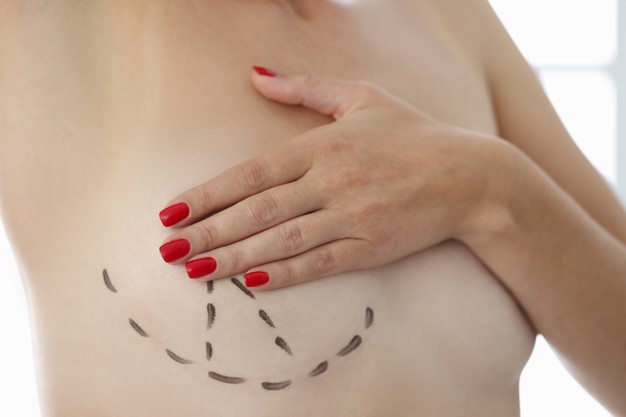Team memebers
Boob Job Penang, Malaysia
This is commonly called “boob job” but it is properly called breast enlargement, breast enhancement, or breast implantation.
It is one of the most common cosmetic surgery procedures because it is the most feminine trait of women. An adequate size of the breasts lends much to the self-confidence of women. It is also very important in sexual desirability for both men and women.
Types of Boob job implants
- Silicone gel: this is the most common type which has a solid skin of silicone-filled with silicone gel. The gel does not leak out even if the silicone envelop is broken. The round or teardrop-shaped implant makes very little difference to the shape of the breast. The smooth-surfaced implant is more desirable at this time because the rough-surfaced implants that used to be very popular are related to the development of lymphoma around the implant. It is important that a patient gets a full understanding of the procedure and the implant from the surgeon before the operation.
- Saline (saltwater): this is a less commonly used implant but is also very good in shaping and enhancing the breast size. The disadvantage is that there may be ripples seen or felt through thin breast tissue. Also, should the silicone envelope of the implant break, the saltwater disappears quickly.
- Fat transplant: the fat from another part of the body such as the tummy or thighs can be sucked out and injected into the breasts. About half of the injected fat will melt away. However, some women who are not looking for large breasts may be satisfied. Those who want bigger breasts may get more fat injections done at least three months later when the final residual fat is not shrinking anymore.:
Possible boob job complications
 Common to any surgical procedure anywhere on the body is the rare infection, bleeding after surgery, swelling, and thick scars.
Common to any surgical procedure anywhere on the body is the rare infection, bleeding after surgery, swelling, and thick scars.
- Infection: this is prevented in most cases with antibiotics given before and after surgery. Should infection still happen the implant must be removed and a few months later when the infection is completely gone it can be replaced.
- Bleeding after the procedure that produces a pocket of blood (hematoma) is also uncommon. Should it happen the blood is removed but the implant is preserved and usually the patient does well after that.
- Tight scars tissue can squeeze the implant (capsule contracture) and make the implant feel hard. If it is too hard the scar capsule can be removed by operation.
- Rupture of the implant does occur occasionally. It is generally seen when a mammogram is done and shows the rupture. The broken implant is usually removed and replaced without too much trouble.
In summary 90+ % of breast enlargement patients are very satisfied with the procedure.
Top Boob Job Surgeon In Penang, Malaysia
Page Copyright
Plasticsurgeon.com.my © Copyright 2021 All Rights Reserved
